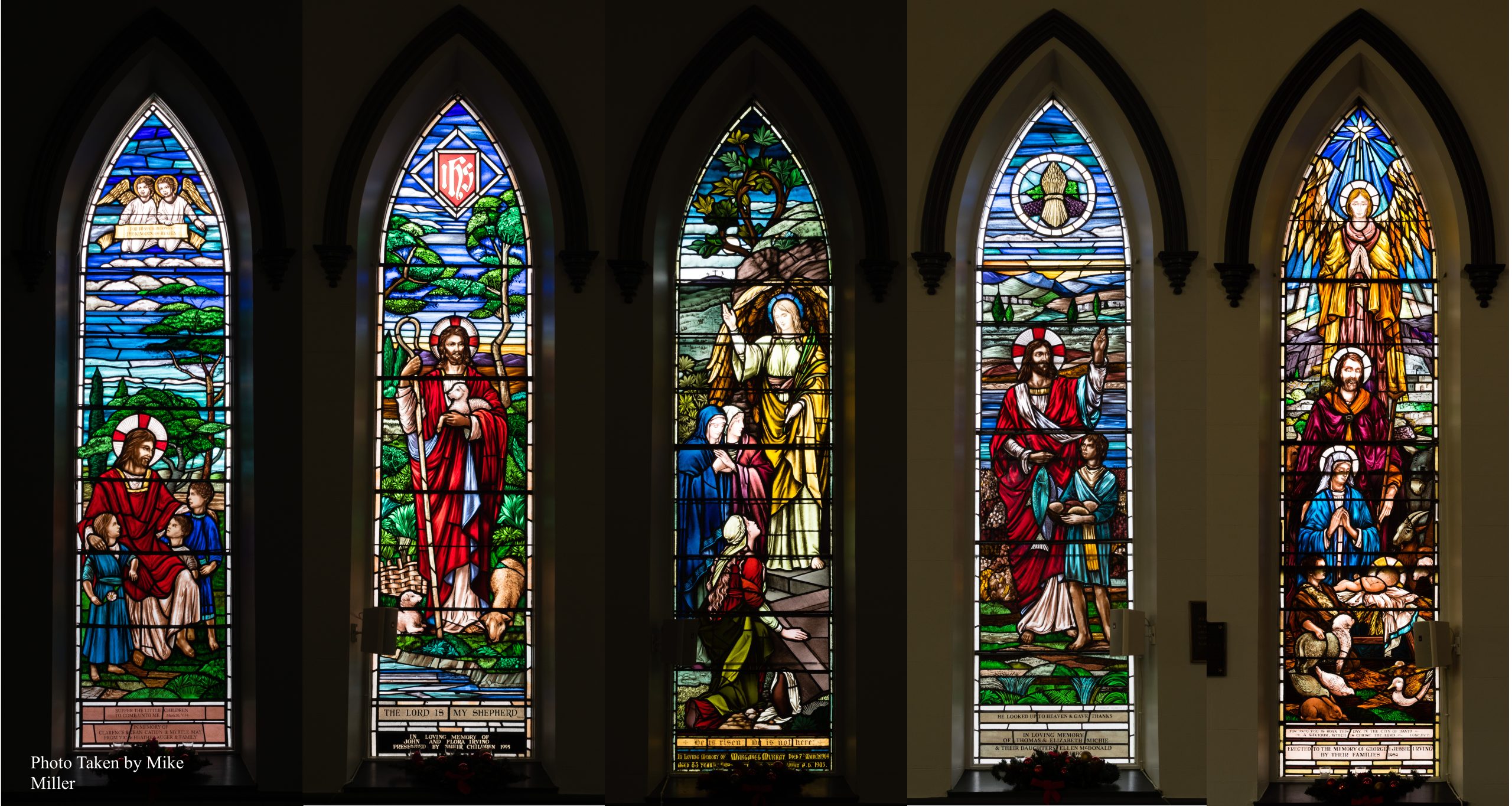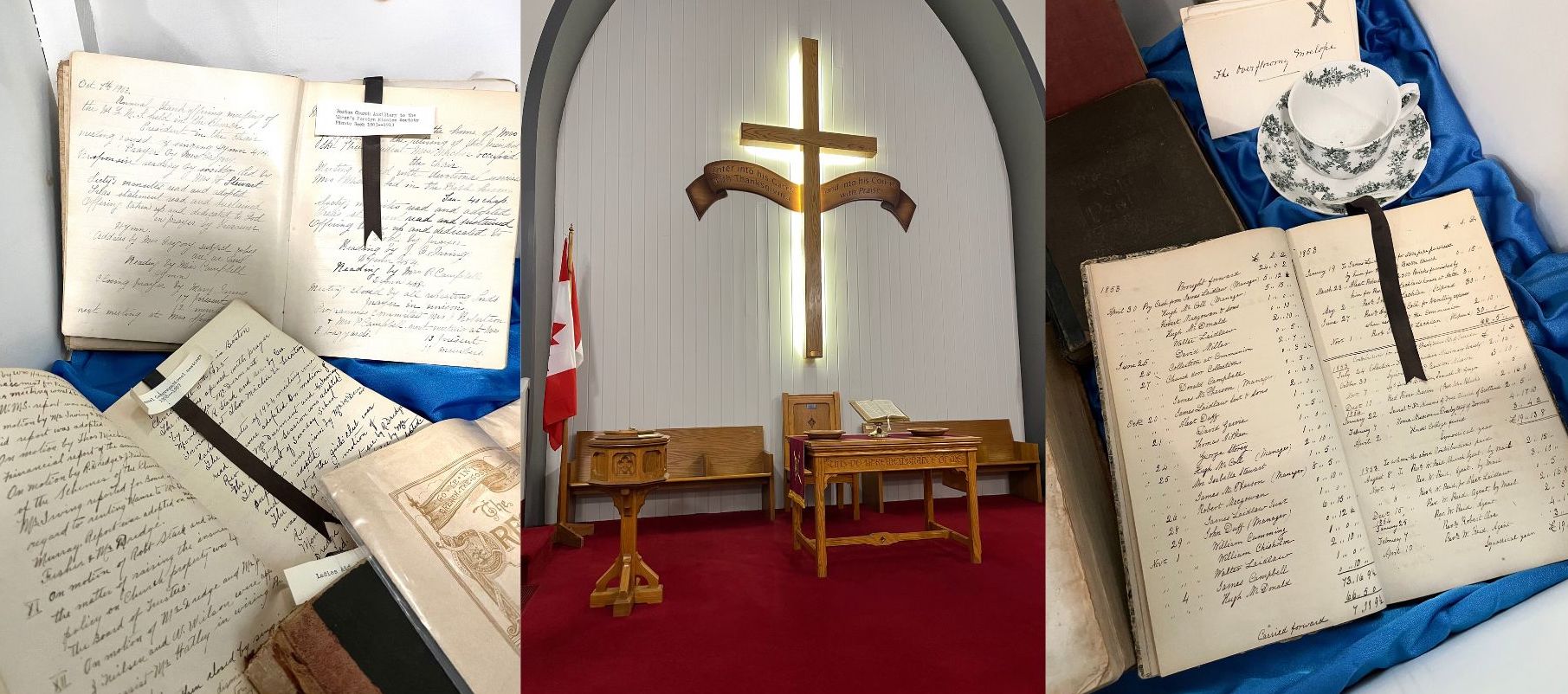Boston Presbyterian Church was the first Presbyterian congregation in our area. In 1819, the government began offering free land grants to settlers, many of these farmers coming from the Highlands and Lowlands of Scotland. This southwest part of Esquesing Township was first known as the “Scotch Settlement” and later as the “Scotch Block,” as it is still known today.
The first service in “Scotch Block,” was conducted by Rev. William Jenkins in June 1820. He conducted the service on the farm of Andrew Laidlaw (Lot 6, 4th Concession). A stump served as a pulpit and the people sat on logs. The sermon text was Ezekial 34.25: “And I will make with them a covenant of peace, and will cause the evil beasts to cease out of the land: and they shall dwell safely in the wilderness and sleep in the woods.”
In 1824 a parcel of land was purchased from Andrew Laidlaw, sufficient in size for a burying ground and a house of worship. In 1825 work began on a meeting house, but it wasn’t completely finished until 1835. The first minister Rev. Peter Ferguson was inducted April 11, 1832. In 1844 Rev. William Rintoul was instrumental in naming the church “Boston Presbyterian” after Rev. Thomas Boston, a theologian from Ettrick, Scotland, from where many of the “Scotch Block” settlers had emigrated.
In March 1866 it was thought that a new house of worship should be constructed. In December of that year, the appointed building committee decided that stone would be used to construct a room that could seat about three hundred people. A lot of volunteering and planning went into the building requiring the appointment of sub-committees including one to focus on the quarrying of the stone. Stone came from the Hume Quarry, sand from Thomas Duff’s farm and timber from the farm of Hames Lindsay (Lot 10, 6th concession West), being sawed into lumber across the road at the mill of James Steward (Lot 10, 5th concession East).
In 1868 the cornerstone was laid for the present stone church, and their first service was held on the last Sunday in January 1870, led by Rev. Donald Steward. In 1960 a basement hall was constructed under the sanctuary, and a church parlour and classrooms were added to the rear of the church.
In June 1995, our 175th Anniversary year, Boston was designated a Heritage Site.
In the summer of 2006, the Andrew Laidlaw Labyrinth was designed and cut into the grass in a small valley behind the church. Visitors are welcome to use the labyrinth for walking meditations and to connect with God surrounded by nature, God’s wonderful creations.
*For more information on the history of the “Scotch Block” area, or to purchase a copy of the book “Halton’s Scotch Block – The People and Their Stories” (Gloria Brown and Jim Dills), please visit the Milton Historical Society website: www.miltonhistoricalsociety.ca/
*The surviving historical records for Boston Presbyterian Church have been placed in the National Archives of the Presbyterian Church in Canada.



